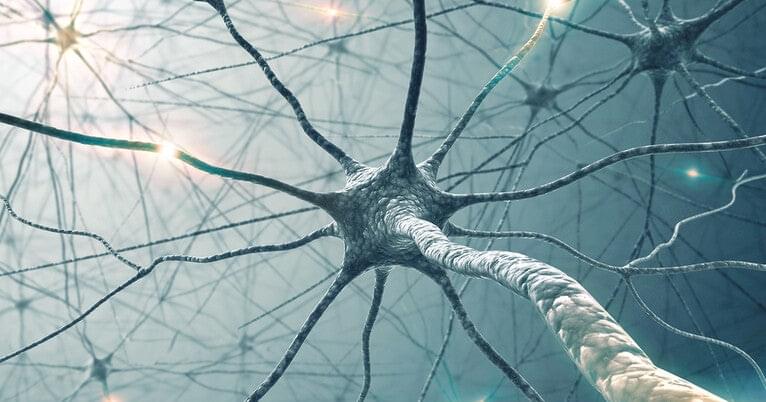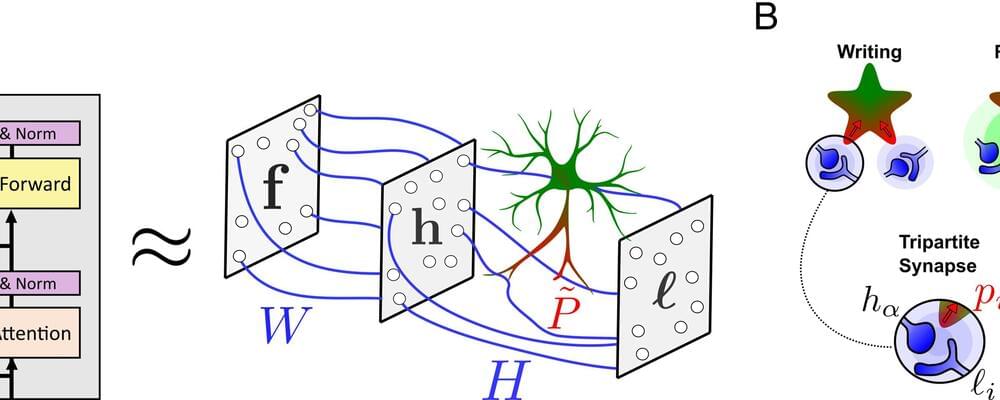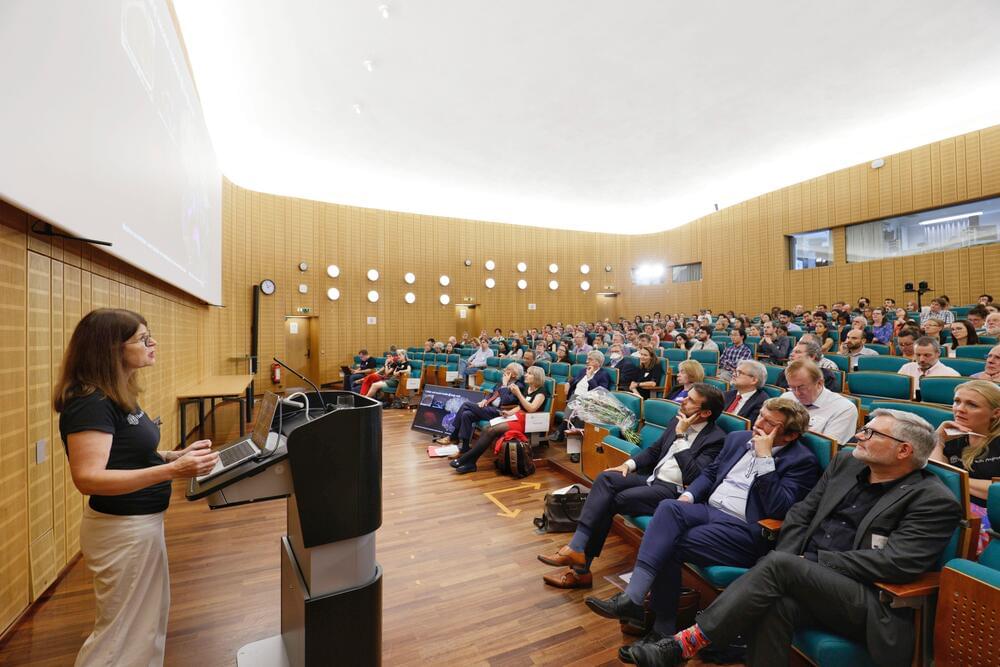The findings were published Aug. 10 in the journal Nature Neuroscience.
“It’s amazing that children with the same symptoms end up with two distinct forms of altered neural networks,” said Dr. Flora Vaccarino, the Harris Professor in the Child Study Center at Yale School of Medicine and co-senior author of the paper.
Two distinct neurodevelopmental abnormalities that arise just weeks after the start of brain development have been associated with the emergence of autism spectrum disorder, according to a new Yale-led study in which researchers developed brain organoids from the stem cells of boys diagnosed with the disorder.
And, researchers say, the specific abnormalities seem to be dictated by the size of the child’s brain, a finding that could help doctors and researchers to diagnosis and treat autism in the future.









